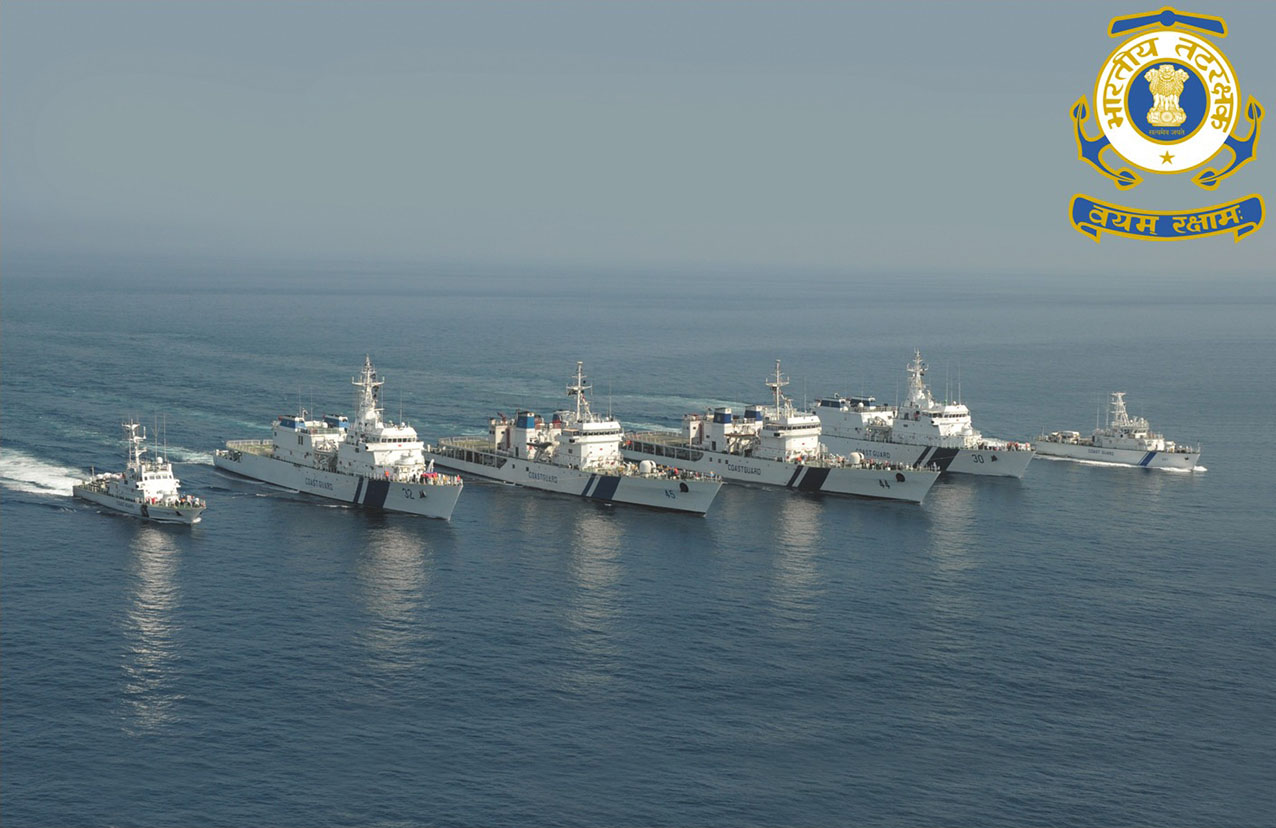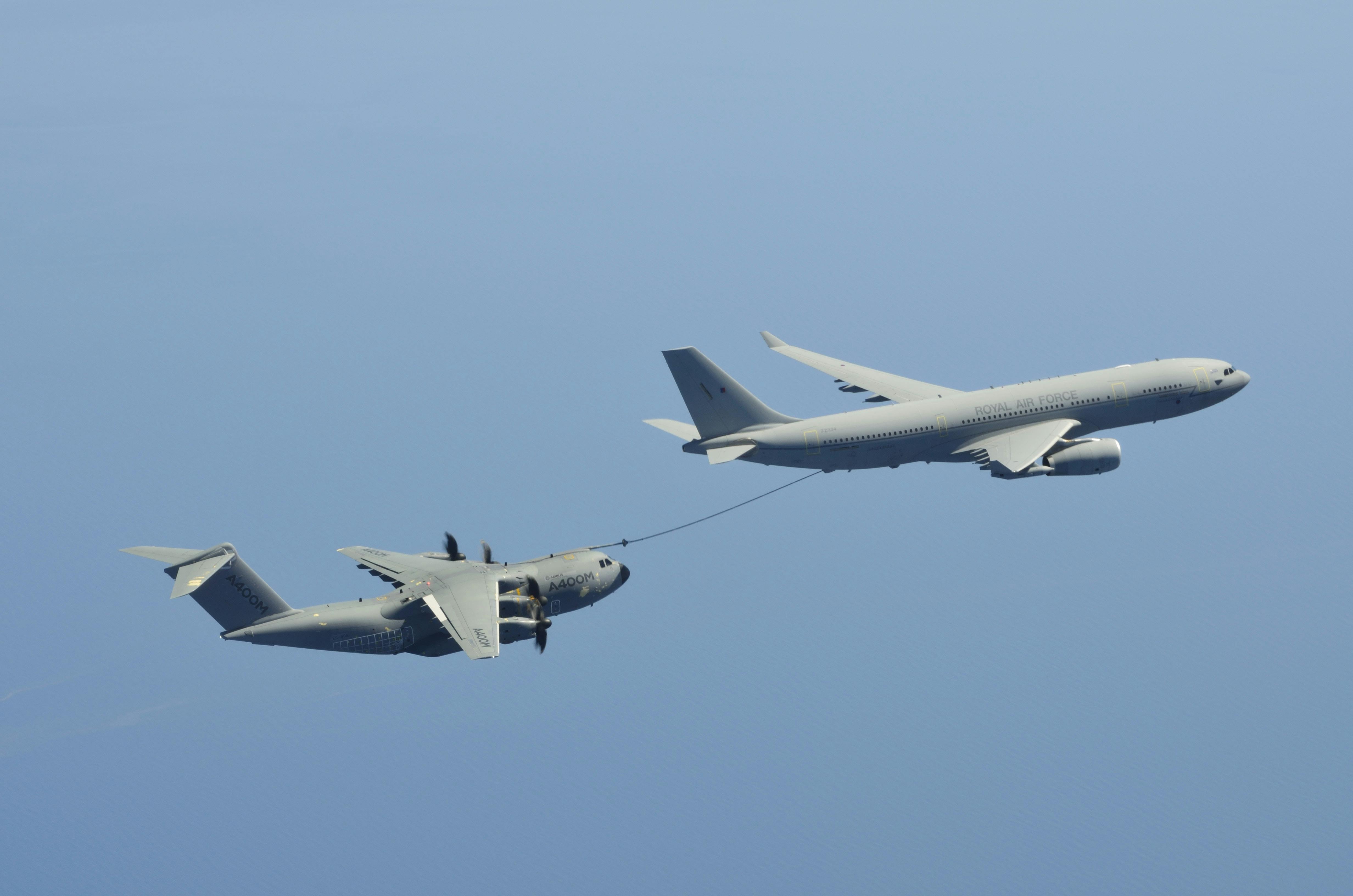SOURCE: AFI


In a recent video released by Adani Defence, the Russian Igla-S air defence system was spotted in the background, confirming that the Indian Army is set to receive the much-anticipated Igla-S systems, which are partly assembled in India. The contract for these advanced man-portable air-defence systems (MANPADS) was signed last year under the fourth tranche of Emergency Procurements (EP), with multiple official sources confirming that Adani Defence Systems and Technologies Limited (ADSTL) is assembling the systems under a technology transfer agreement with Russia’s Rosoboronexport.
Under the agreement, the Indian Army has contracted 48 Igla-S launchers, 100 missiles, 48 night sights, and one missile testing station in a deal valued at approximately ?260 crore. Deliveries of these systems are expected to commence by the end of May 2024, an official source stated. The contract was placed with ADSTL, marking a significant step in India’s defence procurement strategy, aimed at boosting indigenous manufacturing and reducing reliance on direct imports.
Continue readingSOURCE: AFI


According to the X handle (TheLegateIN), the Indian Air Force (IAF) is set to forward deploy the Dharashakti Electronic Warfare (EW) system near the borders with Pakistan and China. Dharashakti is India’s latest ground-based EW and jamming system, which has demonstrated superior performance compared to the Israeli Scorpius-G system.
The Dharashakti EW system is capable of jamming multiple enemy Airborne Early Warning and Control Systems (AEWCS), fighter aircraft radars, Synthetic Aperture Radar (SAR), as well as encrypted communication and navigation systems. This advanced capability enhances India’s defensive and offensive electronic warfare strategies, giving the IAF a significant technological edge in modern warfare scenarios.
Continue readingSOURCE: AFI


In the realm of rocket propulsion, both ISRO (Indian Space Research Organisation) and SpaceX are pushing the boundaries of technology with their respective engine developments. Here’s a visual and technical comparison between ISRO’s LME 110, designed for the Next Generation Launch Vehicle (NGLV), and SpaceX’s Raptor 3, which is in its advanced testing phase for the Starship program.
LME 110 by ISRO engine adopts a minimalist design approach, evident in its Gas Generator (GG) cycle. The GG cycle is simpler in design compared to more complex cycles like the full-flow staged combustion used by Raptor 3. This simplicity can translate to lower development and manufacturing costs and potentially higher reliability due to fewer components that can fail.
Continue readingSOURCE: AFI


The Indian Coast Guard (ICG) has set an ambitious target of achieving a fleet strength of 200 vessels and 100 aircraft by the year 2030. Currently, the ICG operates a fleet of 151 vessels and 76 aircraft, with ongoing efforts to expand its capabilities to meet emerging maritime security challenges.
The expansion plan is in line with the government’s vision of strengthening coastal security, safeguarding India’s maritime interests, and enhancing disaster response capabilities. The planned acquisition of new vessels includes offshore patrol vessels (OPVs), fast patrol vessels (FPVs), interceptor boats, and pollution control vessels. In addition, the aviation wing of the ICG is set to receive more fixed-wing aircraft and helicopters to improve surveillance and search-and-rescue operations.
Continue readingSOURCE: RAUNAK KUNDE / NEWS BEAT / IDRW.ORG


In a significant move towards self-reliance in defence technology, the Indian Navy has announced plans to replace the French-supplied combat management system (CMS) on its Kalvari-class submarines with an indigenous alternative. This decision comes after years of dependency on the Naval Group for weapon integration due to the lack of access to the CMS’s source code.
The existing CMS, known as DCNS SUBTICS (Submarine Tactical Integrated Combat System), does not allow India access to its source code. This has necessitated reliance on the French Naval Group for any modifications or integration of new Indian-made weapons systems, leading to delays and increased costs.
Continue readingSOURCE: RAUNAK KUNDE / NEWS BEAT / IDRW.ORG


The Indian Navy is setting its sights on enhancing its underwater capabilities with Project-76, under which it plans to manufacture six conventional diesel-electric submarines, each equipped with an Air-Independent Propulsion (AIP) system. According to sources familiar with the project, reported by idrw.org, these submarines might have a displacement exceeding 3000 tons, potentially reaching up to 4000 tons, although final design specifications are still in the developmental stage.
While exact figures are yet to be confirmed, the displacement of these submarines around 4000 tons suggests a significant increase in size and capability compared to previous classes. The design phase is expected to reach its final stages by 2028, at which point more concrete details will likely be available.
Continue readingSOURCE: RAUNAK KUNDE / NEWS BEAT / IDRW.ORG


In a strategic pivot aimed at enhancing its operational capabilities and fostering self-reliance in defence manufacturing, the Indian Air Force (IAF) has announced plans to engage with private sector companies for the manufacturing and development of both established and next-generation ammunitions. This move signals a potential shift in policy, traditionally favouring public sector defence companies like Hindustan Aeronautics Limited (HAL) and Bharat Dynamics Limited (BDL), towards a more inclusive approach involving private enterprises.
The IAF’s initiative is part of a broader effort to reduce dependency on foreign suppliers and accelerate the nation’s ‘Make in India’ and ‘Atmanirbhar Bharat’ (Self-reliant India) initiatives. By opening up the development and production of munitions to the private sector, the IAF aims to Leverage the expertise, innovation, and production capacity of private companies to address the growing demand for both conventional and advanced munitions.
Continue readingSOURCE: AFI


In a significant boost to its naval aviation capabilities, the Indian Navy has successfully upgraded the Mission Computer (MC) of its MiG-29K fleet, a critical step towards integrating the indigenous Astra MKI Beyond Visual Range Air-to-Air Missile (BVRAAM). The upgrade, developed by Hindustan Aeronautics Limited (HAL), marks a pivotal enhancement in the combat effectiveness of these aircraft.
The Mission Computer serves as the brain of the aircraft, managing various subsystems and integrating them for optimal combat performance. The previous MC in the MiG-29K was based on older technology, limiting the aircraft’s ability to interface with newer, more advanced weaponry like the Astra MKI. With HAL’s upgrade, which was done locally, the MiG-29K now has the computational power and software compatibility necessary for modern combat operations.
Continue readingSOURCE: AFI


In a strategic move to enhance the survivability of its armored forces, the Indian Army has issued a Request for Information (RFI) for the procurement of an Active Protection System (APS) tailored for its T-90SM Main Battle Tanks (MBTs).
This tender has attracted the attention of several international defense giants, eager to offer their advanced solutions.
Continue readingSOURCE: AFI


The first-ever image of TATA Advanced Systems Limited (TASL) Light Armoured Multipurpose Vehicle (LAMV) has been captured from a video and has since gone viral on social media. The image was first posted by X handle Rishav Gupta (@connect_rishav), drawing significant attention from defence enthusiasts and analysts.
Interestingly, the vehicle was spotted while being unloaded at O. R. Tambo International Airport in South Africa, raising speculation about its intended purpose. It is widely believed that the TATA LAMV is set to be formally unveiled at Aero India 2025, marking a significant milestone in India’s indigenous defence capabilities.
Continue readingSOURCE: AFI


India’s Defence Research and Development Organisation (DRDO) is currently testing its indigenous 1,500 horsepower (hp) engine in a facility in the United States. While India possesses engine testing facilities, they are primarily designed for smaller hp engines, necessitating overseas evaluation for higher-powered systems.
The DATRAN 1500 engine is under development for India’s Futuristic Main Battle Tank (FMBT) program. Bharat Electronics Limited (BEL), responsible for manufacturing the engine, has already produced three prototype units and plans to develop 20 more for extensive trials.
Continue readingSOURCE: IDRW.ORG


In an effort to bolster the defensive capabilities of its armored units, the Indian Army has issued a Request for Information (RFI) for the procurement of Active Protection Systems (APS) for its fleet of T-90S Bhishma tanks. With a focus on enhancing survivability against modern threats, the Army is looking to integrate systems that provide both soft-kill and hard-kill countermeasures against a variety of threats including Anti-Tank Guided Missiles (ATGMs), Kinetic Energy (KE) rounds, and Unmanned Aerial Systems (UAS).
Soft-kill Measures include multispectral smoke grenades and Electro-Optical/Infrared (EO/IR) jammers aimed at blinding or confusing incoming missiles, particularly those that use Semi-Active Command Line of Sight (SACLOS) guidance, which makes up around 70% of current missile threats.
Continue readingSOURCE: IDRW.ORG


In a significant development concerning the safety of India’s indigenous helicopters, investigators have pinpointed a rare failure in the transmission system as the cause behind the crash of an Indian Coast Guard’s Dhruv Advanced Light Helicopter (ALH) in Porbandar on January 5. This revelation comes from two officials closely associated with the ongoing investigation, speaking on condition of anonymity.
The ALH, designed and manufactured by Hindustan Aeronautics Limited (HAL), was involved in a tragic accident that spotlighted potential vulnerabilities in the helicopter’s transmission system. The crash, which occurred during routine operations, prompted immediate grounding of the entire Dhruv fleet for safety inspections.
Continue readingSOURCE: AFI


ideaForge, India’s pioneer and market leader in uncrewed aircraft systems (UAS), will be showcasing its cutting-edge Logistics Platform at Aero India 2025. This high-altitude, all-terrain drone is designed for uncompromised mission delivery in any environment, ensuring reliability both day and night.
The Logistics Platform is engineered to operate autonomously with quick turnaround times, making it a formidable asset in challenging terrains. With interchangeable payloads, it can seamlessly switch between cargo transport, medical evacuation (medevac), and manned missions, redefining robust and dependable performance in aerial operations.
Continue readingSOURCE: AFI


Airbus is set to captivate attendees at Aero India 2025 with an impressive showcase of its cutting-edge aerospace solutions, including the A330 Multi-Role Tanker Transport (MRTT), the A400M Transporter, and the H125 Helicopter. This year’s event, scheduled to take place in Bengaluru, will highlight Airbus’s commitment to advancing India’s aerospace, defense, and security sectors.
The A330 MRTT will be a focal point at the exhibition, demonstrating its dual role as both an aerial refueling tanker and a strategic airlifter. With its ability to refuel multiple aircraft simultaneously, enhance operational range, and transport troops or cargo, the MRTT is pivotal for operations in extended missions. Its presence at Aero India underscores Airbus’s focus on strengthening military logistics and operational flexibility.
Continue reading